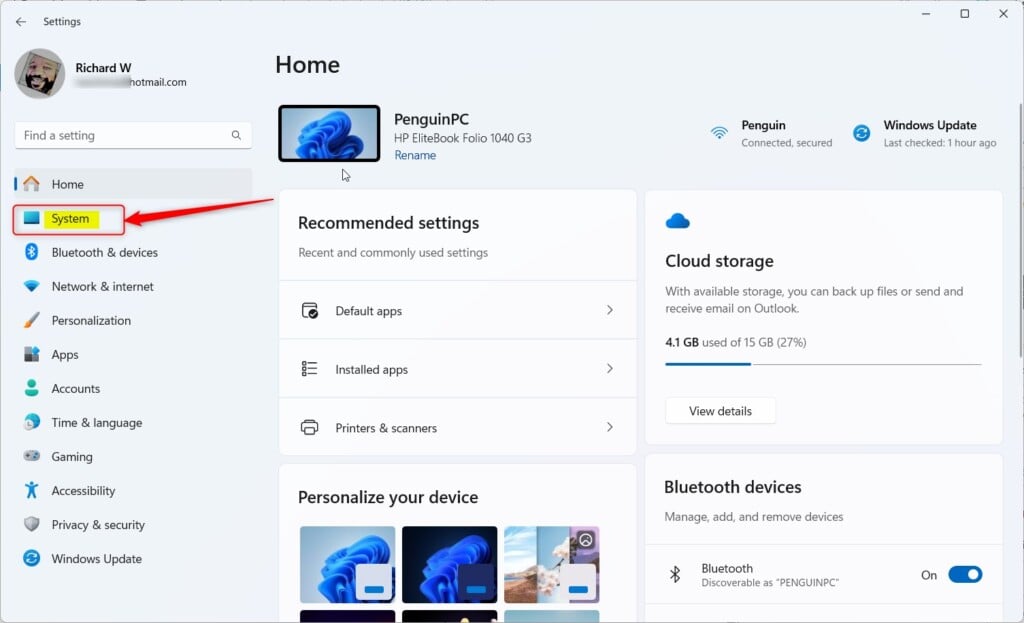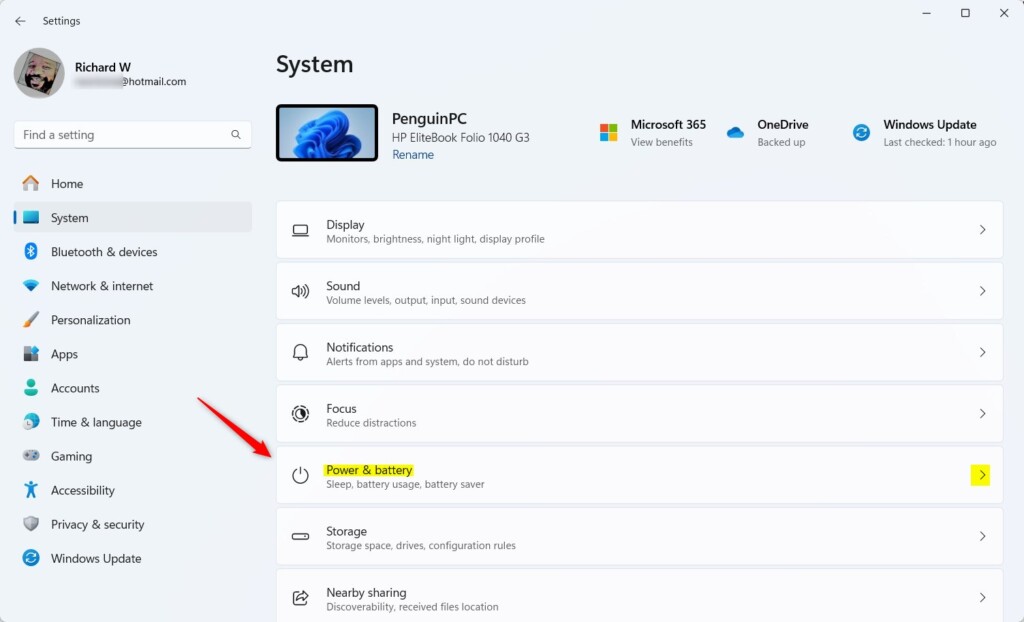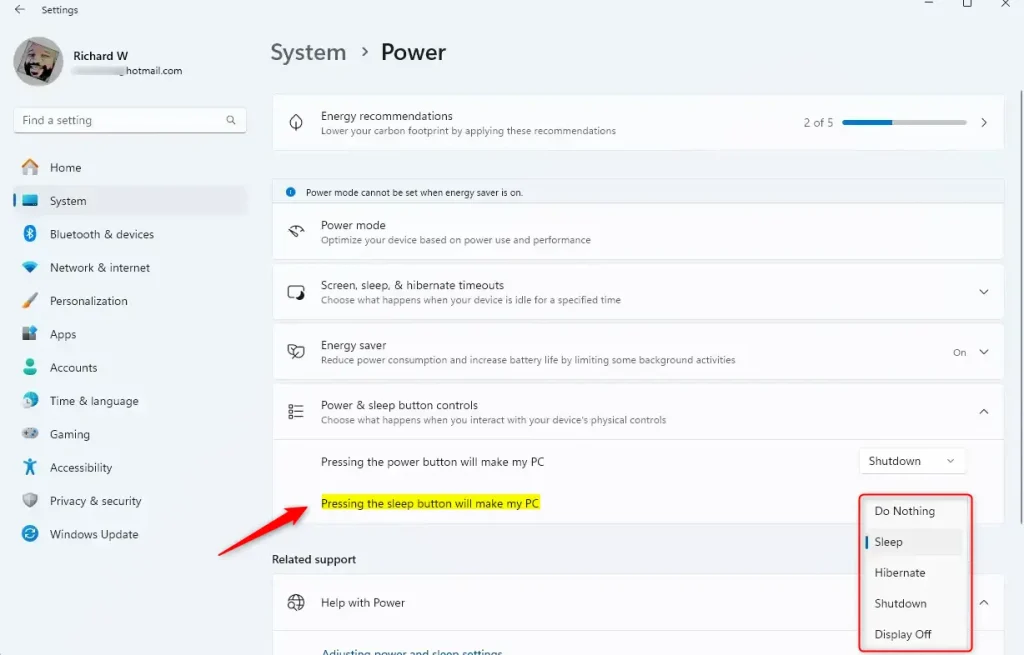This article explains a new control that changes the sleep bottom behavior in Windows 11.
The Sleep button in Windows is a power management feature that puts your computer into a low-power state, allowing you to quickly resume your work when you’re ready to use it again.
When you press the Sleep button, your computer saves the current state of all open files and applications to memory and then puts the System into a low-power state.
In our previous post, we showed you how to change the sleep button behavior settings in Windows 11. Then, one had to use the classic Control Panel app. Now, users can use the Windows Settings app to change what happens when the sleep button is pressed.
There are different reasons why a user might want to change the sleep button behavior in Windows. For instance, some users might want to customize the power management settings to fit their needs or preferences. Others might want to troubleshoot issues related to the sleep feature, such as the computer not waking up from sleep mode when expected.
Windows 11 lets you control how the sleep button behaves using the Settings app.
Change the sleep button behavior in Windows 11
As mentioned, users can change how the sleep button behaves using the Windows Settings app.
Here’s how to do it.
First, open the Windows Settings app.
You can do that by clicking on the Start menu and selecting Settings. Or press the keyboard shortcut (Windows key + I) to launch the Settings app.
When the Setting app opens, click the System button on the left.

Select the Power & battery or Power tile on the right to expand it.

On the System -> Power & battery settings page, select and expand the “Lid, power & sleep button controls” tile.

Next, select the “Pressing the sleep button will make my PC‘” tile under Plugged in or On battery.
Then, choose one of the options available:
- Do Nothing
- Sleep (default)
- Hibernate
- Shutdown
- Display Off

When you’re done, exit the Settings app.
That should do it!
Conclusion:
- Changing the sleep button behavior in Windows 11 is easily achievable through the Windows Settings app.
- Users can customize the power management settings by following simple steps to fit their needs or preferences.
- This feature can also address troubleshooting sleep-related issues, such as the computer not waking up from sleep mode.
- With ‘Do Nothing,’ ‘Sleep’, ‘Hibernate’, ‘Shutdown’, and ‘Display Off,’ users can choose the desired action when the sleep button is pressed.
- For further queries or suggestions, users can utilize the comments section.

Leave a Reply